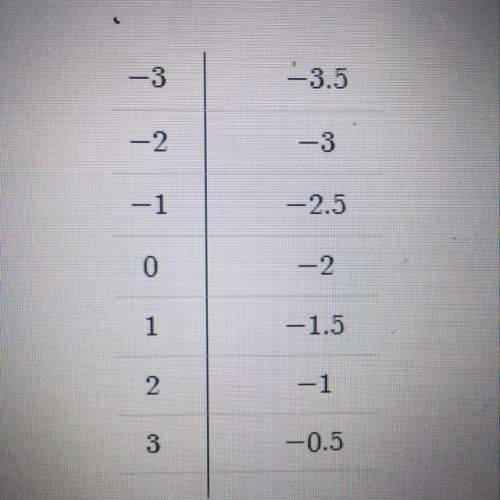And don't
tell whether the sequence is arithmetic. if it is, what is the common difference?...

Mathematics, 13.12.2019 13:31 wbaker
And don't
tell whether the sequence is arithmetic. if it is, what is the common difference? 15, 19, 23, 27, . . a. yes; 15/19 b. yes; 4 c. yes; 34 d. no

Answers: 1


Other questions on the subject: Mathematics


Mathematics, 21.06.2019 23:30, bhopainting
Simplify (8x2 − 1 + 2x3) − (7x3 − 3x2 + 1). −5x3 + 11x2 − 2 5x3 − 11x2 + 2 x3 + 2x2 + x3 x3 − 2x2 − x3
Answers: 1


Mathematics, 22.06.2019 00:30, alyssa32900
Taber invested money in an account where interest is compounded every year. he made no withdrawals or deposits. the function a(t)=525(1+0.05)^t represent the amount of money in the account after t years. how much money did taber origanally invested?
Answers: 1
You know the right answer?
Questions in other subjects:


English, 23.01.2020 18:31



Mathematics, 23.01.2020 18:31




Mathematics, 23.01.2020 18:31





